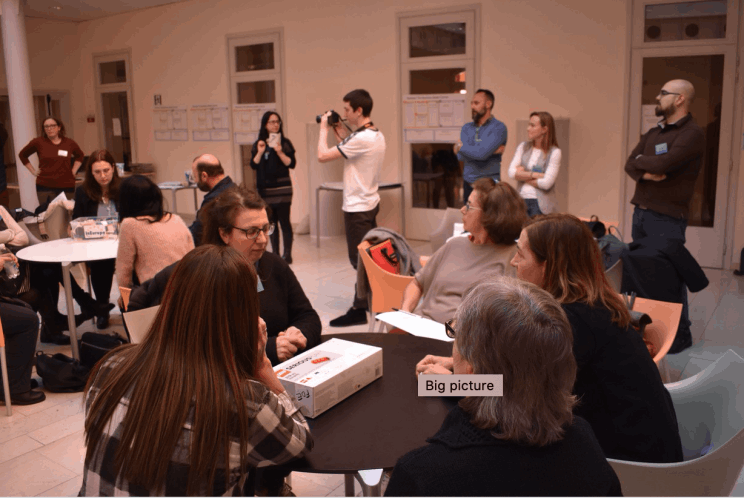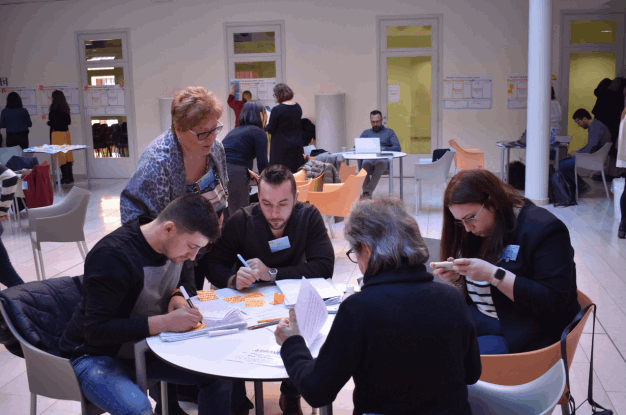This module works in the area of awareness, setting objectives and having an impact on the social dimension and behaviour change.
You are invited to reflect on the importance of the individual contribution to the social good. In setting your goals you will be enabled to take into consideration the ICare values (Integration, Commitment, Attention, Responsibility and Empathy) focusing on having a positive impact either on yourself and on the wider world.
These are the values that make the difference and are important to be raised and strengthen for you, so as to reinforce self-awareness but also to respect the external from yourself, context and relations. The ICare process will affect your behaviour as each of us will feel important and ready to qualitatively contribute to his/her own new positioning in relations to others and to the local context.
The overreaching aim for you is to be inspired to make a change in your life and thus to set objectives that are challenges for yourself; to take actions to achieve a goal that you think to be relevant for your life and personal satisfaction.
It is important to make you reflect on the fact that we are happier when we feel that we are doing something that will generate a benefit not only for ourselves but also for the world/people around us.
You can connect this exercise with the Hero's journey as to improve your goal setting and finetune the identification of levels/steps of your transformation process and overcome obstacles in your journey
You will:



